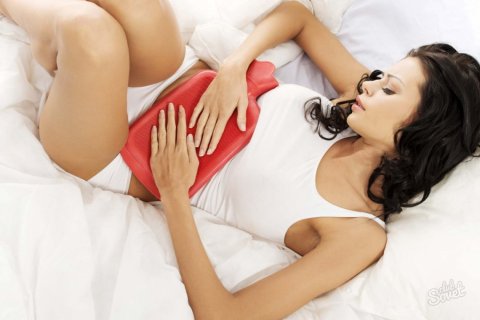The Relationship between Menstruation and Fallopian Tube Blockage
The relationship between menstruation and fallopian tube blockage is concerned by a large group of women. The major symptoms of fallopian tube blockage include irregular menstruation, pain during the menstrual period, dysmenorrhea, extension of menstruation and other discomfort in menstrual period. For this phenomenon, professors specialized in the field of fallopian tube blockage suggest that women can pay extra attention to the changes of her own menstruation.
With some knowledge of the relationship between menstruation and fallopian tube blockage, women can realize the occurrence of fallopian tube blockage by themselves before it is too late. And then timely and appropriate treatment can be taken and the curative rate of fallopian tube blockage can be increased in this way.
Menstruation is physiological phenomenon of the periodic uterine bleeding of women in the childbearing period. Menstruation usually begins when women are around 14 years old and stops when they are around 49 years old. The endometrium of Women in the childbearing period will change periodically because the effect of sexual hormones produced by ovary. The endometrium falls off from the uterine wall once a month. The deciduous mucosa and blood were discharged out of the body through the vagina. This phenomenon of periodic blooding is called menstruation. Most of women have menstruation once a month.
The causes of fallopian tube blockage abound, including congenital and acquired factors. Clinicall, is a kind of atypical disease with almost no obvious clinic symptoms. The most obvious sign of fallopian tube is female blockage. Some patients with hydrops in the fimbriated extremity of fallopian tube can have slight symptom of chronic abdominal pain. Only when the inflammation of fallopian tube is serious will the patients feel pain in the lower abdominal region.



